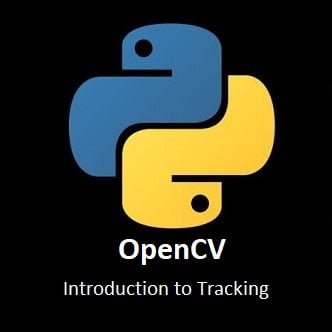
Exploring Go's Fallthrough for Enhanced Control Flow!
Welcome to the world of Golang! The fallthrough statement in Go provides a unique mechanism for controlling the flow of execution within switch statements. Understanding how fallthrough works and its implications is essential for precise control of program flow in Go programming. This guide delves into the functionalities and usage of fallthrough, enabling you to harness this statement effectively in your code.
The fallthrough statement is used within a switch statement to transfer control to the next case block, regardless of whether the condition for that case is true or not. This behavior is different from most other programming languages, where a switch statement typically exits after the first matching case is found.
Here’s a basic example to illustrate the usage of fallthrough in Go:
package main
import "fmt"
func main() {
num := 2
switch num {
case 1:
fmt.Println("Case 1")
fallthrough
case 2:
fmt.Println("Case 2")
fallthrough
case 3:
fmt.Println("Case 3")
}
}
In this example, if num is set to 2, the output will be:
Case 2 Case 3
Even though the condition for case 2 is true, the fallthrough statement causes the execution to proceed to case 3 without checking its condition.
Important
Use fallthrough statement judiciously, as it can sometimes lead to code that is less readable and more difficult to understand. In most cases, you’ll want to explicitly state each step in the switch logic without relying on fallthrough. Also, remember that a fallthrough statement can only be used in a switch statement; it’s not valid in other control structures like if or loops.
Conclusion
The fallthrough statement in Go offers a unique way to control the flow of execution within switch statements, enabling sequential execution of case blocks. Understanding its usage and limitations empowers Go developers to write more expressive and controlled code.
That’s All Folks!
You can find all of our Golang guides here: A Comprehensive Guide to Golang




